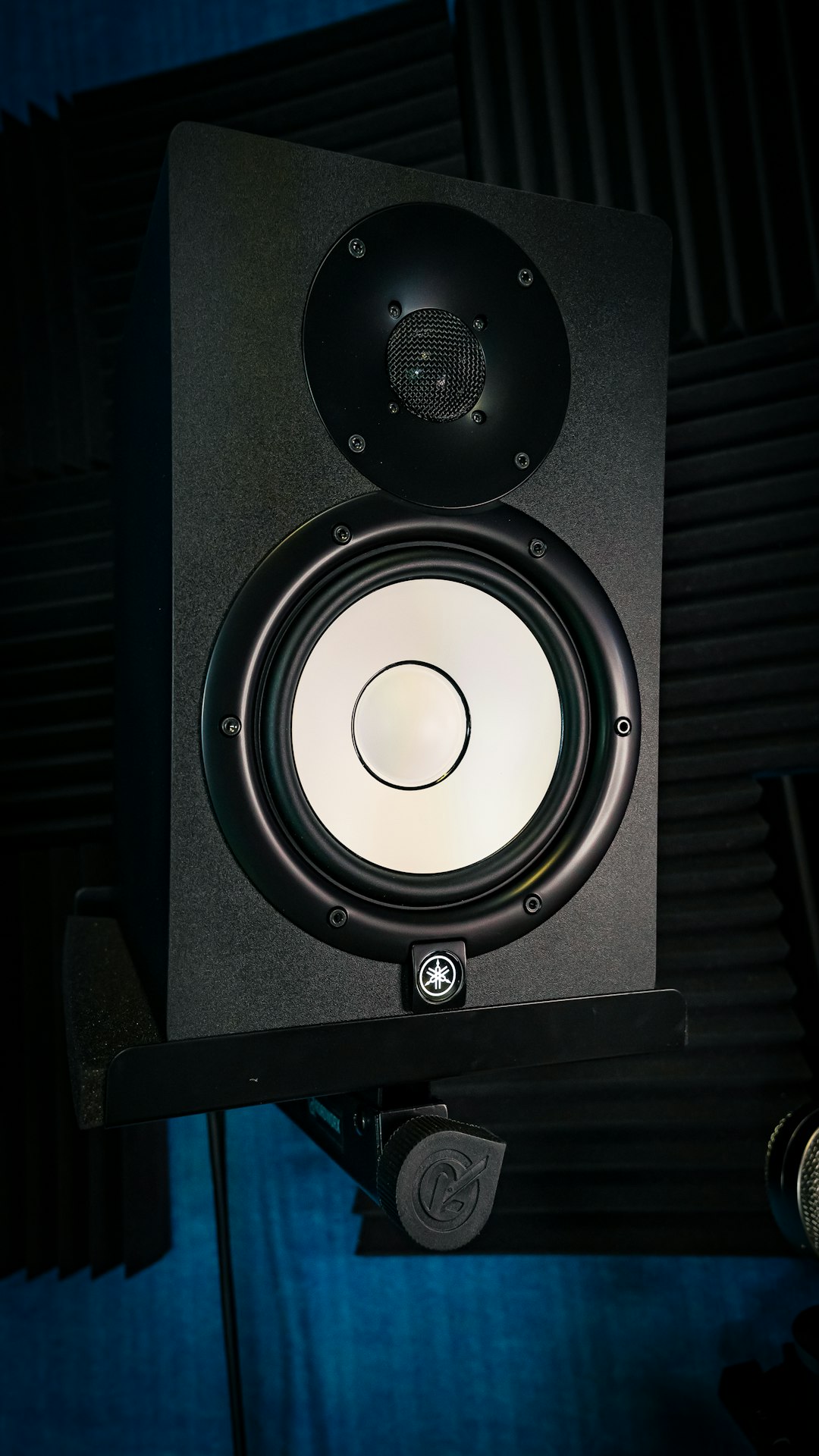When Firefox suddenly goes silent while running on Windows 11, it can disrupt your streaming, studying, or work sessions. For users who open YouTube, streaming platforms, or web-based meetings inside Firefox only to find there’s no sound, the frustration is real. Fortunately, this issue is commonly solvable with a few targeted fixes.
TLDR:
If you don’t hear sound in Firefox on Windows 11, first check your system’s volume mixer and ensure Firefox isn’t muted. Next, confirm sound settings both in Firefox and Windows, toggle exclusive mode off, or reset Firefox settings if needed. Occasionally, outdated or malfunctioning audio drivers or third-party extensions might be the issue—updating or disabling them could resolve the problem. Follow the quick steps below to get your browser audio back without hassle.
Step-by-Step Fixes for No Sound in Firefox on Windows 11
1. Check Volume Mixer Settings
One of the most overlooked fixes is the Windows volume mixer. Sometimes, Firefox may be muted only within this interface—even if the system volume works fine for other programs.
- Right-click the speaker icon on your taskbar and choose Open volume mixer.
- Look for Mozilla Firefox in the application list.
- Ensure its volume is turned up and not muted.
If Firefox is missing from the volume mixer, try playing a video in the browser, then check again—it only appears when it’s producing sound.
2. Verify Output Device and Sound Settings
Windows 11 allows choosing specific output devices for applications, which might cause audio to go to the wrong speaker or headset.
- Open Settings > System > Sound.
- Scroll down and click on Volume mixer.
- Under Apps, locate Firefox and ensure the correct output device is selected.

If you have multiple monitors or sound devices (e.g., Bluetooth headphones, external speakers), you might find Firefox output is directed to a device that’s turned off or disconnected.
3. Disable Exclusive Mode for Audio Devices
Some applications request “exclusive control” over audio devices, which can block Firefox from transmitting sound. Disabling this setting often helps.
- Right-click the speaker icon and select Sounds.
- Go to the Playback tab, right-click your default device and choose Properties.
- Under the Advanced tab, uncheck both:
- Allow applications to take exclusive control
- Give exclusive mode applications priority
4. Test Firefox in Safe Mode
Firefox’s safe mode, known officially as Troubleshoot Mode, disables all add-ons and custom settings. If sound works in safe mode, a browser extension could be at fault.
- Click the menu button in the upper-right corner and choose Help > Troubleshoot Mode.
- Click Restart on the prompt.
- Test audio playback.
If audio works fine now, disable extensions one by one until you identify the culprit.
5. Clear Firefox Cache and Cookies
Corrupt cache data or stored cookies might occasionally break functionality—including audio playback—on specific sites.
- Go to Settings > Privacy & Security.
- Scroll to Cookies and Site Data and click Clear Data.
- Also click Clear History under History for good measure.
Restart Firefox and test sound again.
6. Update or Reinstall Audio Drivers
Faulty or outdated drivers cause a range of audio issues across browsers, not just Firefox. Make sure your audio drivers are in top condition.
- Right-click the Start button and choose Device Manager.
- Expand the Sound, video and game controllers section.
- Right-click your audio device and select Update driver.
- Choose Search automatically for drivers.
If updating doesn’t help, consider uninstalling the device and restarting your PC. Windows usually reinstalls the audio driver automatically.
7. Check Firefox Site Permissions
Firefox allows fine-tuned control over which sites can play audio. You or an extension may have blocked sound unintentionally.
- Click the padlock icon in the address bar of the site you’re trying to hear sound from.
- Check if Autoplay is listed. If it shows restrictions, click the arrow next to it and select Allow Audio.

8. Reset Firefox Settings
If all else fails, it’s possible that some broken preferences are buried deep in Firefox’s profile. Resetting Firefox can eliminate stubborn configuration-related issues.
- Go to Help > More Troubleshooting Information.
- Scroll to the top and click on Refresh Firefox.
- Confirm when prompted.
This option resets Firefox to default settings while preserving bookmarks and passwords.
9. Reinstall Firefox
If resetting doesn’t help, a complete reinstallation might. Remove Firefox using Apps & Features, and then download the latest version from the official Mozilla website.
- Navigate to Settings > Apps > Installed apps.
- Find Firefox, click the options menu, and choose Uninstall.
- Restart your PC and reinstall Firefox from mozilla.org/firefox.
FAQ: Firefox Sound Issues on Windows 11
-
Why can’t I hear anything in Firefox, but other apps work?
Firefox might be muted in the volume mixer, or its audio output is set to a different device than your system default. -
How do I check if an extension is muting audio?
Start Firefox in Troubleshoot Mode via Help > Troubleshoot Mode. If audio returns, one of your add-ons is likely responsible. -
Which extensions commonly cause sound issues?
Ad blockers, media downloaders, or security extensions can interfere with sound. Temporarily disable them to test. -
Is this a problem in other browsers too?
If sound works in other browsers like Chrome or Edge, the issue is isolated to Firefox, confirming it’s not a system-wide problem. -
What if nothing works?
Consider performing a full Firefox uninstall followed by a fresh installation. Also, try creating a new user profile in Windows to rule out system-level configuration issues.
By systematically going through these steps, users can typically resolve most Firefox sound issues on Windows 11 without needing advanced technical help. Whether it’s a muted tab, wrong audio output, or a problematic extension, there’s almost always a fix within reach.

